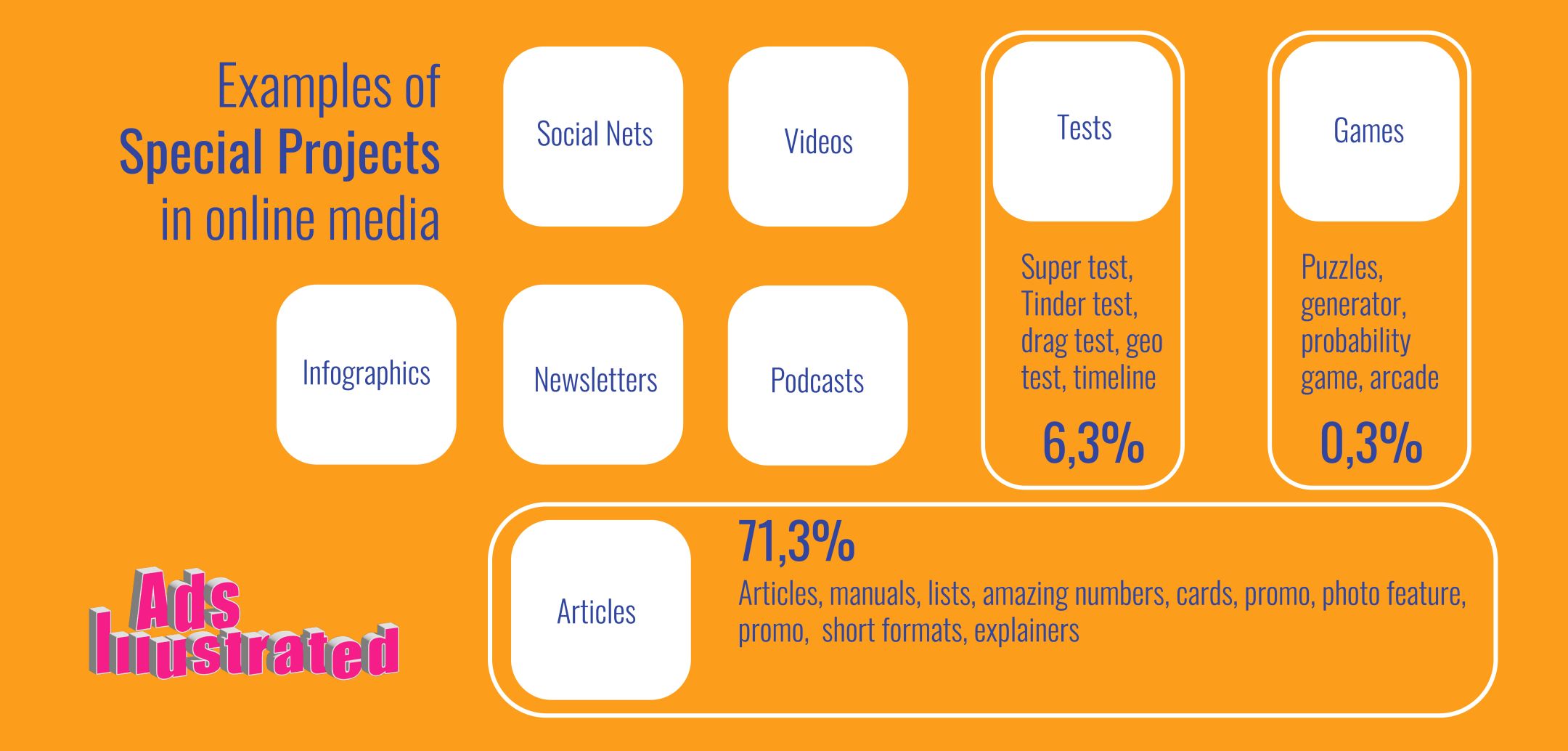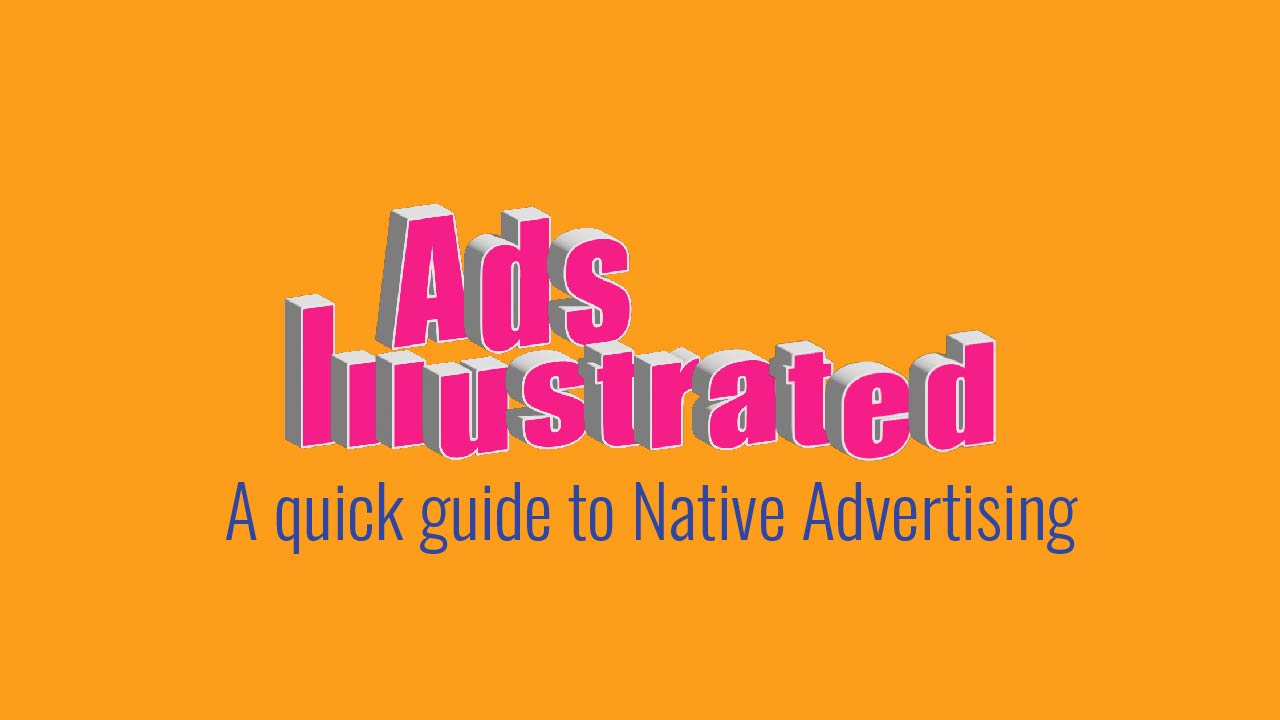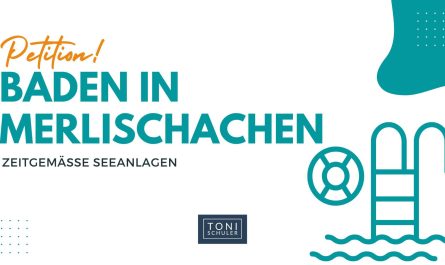Finally, we got to the most important and creative part of Native Advertising – Special projects. Basically, that is the very part which offers the most space for creativity and can be described as the most tricky and interesting for consumers.
Special projects are advertising campaigns that do not fit into the usual standard formats and are individual solutions for each brand. For example, the news and entertainment company BuzzFeed has founded a media empire on revenues from promoted posts. BuzzFeed’s managed to increase its revenue from $4 million in 2011 and $64 million in 2013 to $46 million in the first six months of 2015. BuzzFeed feasts on a business model reliant on native advertising. The website refuses to use banner or display advertising in favor of promoted posts—stories told on behalf of brand publishers. Sponsored content is published in the formats of quests, generators, tests, games, and useful instructions.
The most developed and well-known in the use of native special projects in Russia is the Meduza. Like editorials, native advertising is distributed through all the publication’s channels and is labeled “sponsored content”. The classification of the native formats is shown in picture.

Most of the sponsored formats are longreads, interviews, reports, experiments, infographics, and compilations. They contain a mention of the advertised brand in the headline, in the body of the publication, and at the end of the material.
Articles.
Editorial content placed by the publication among other materials and having a traditional headline (e.g: “5 reasons to learn math through a game of Marabu’s co-founder’s Maximum Short Explanation”). According to the 2021 Native Advertising Market Study in Russia, articles are the most popular type of native content and account for 71.3% of the total advertising segment (Lifehacker, 2021). The brand in such article is usually mentioned in a special ad block at the top and bottom of the article. Often the articles have the same construction pattern: the shortest possible explanation of a phenomenon or service, a quick analysis of the advantages and disadvantages of the advertised product, etc. The most popular format in 2015 was the “info cards”, which implies several text blocks, each containing answers to important everyday consumer questions and quickly solving urgent problems with an example of the sponsor brand’s product or service. Despite the success of this type of native content, according to a recent market analysis, “info cards” have lost popularity positions over the past five years, reducing their share from 25% to 1.8%.
Games.
Games are similar to quizzes and may have branded elements in the game description, as well as a constant mention of the advertised brand along with hyperlinks to the product in the answer block for each question. Information about the sponsor precedes the start of the game and also appears in the text block after the game ends.
Tests.
Tests have limitless subject matter. As with games, sponsor information precedes the quiz and is duplicated in the answer cards with the correct answers.
Podcasts.
A podcast is an audio format, similar to a half-hour radio program recording, available to listen to at any time. Mention of the sponsor’s involvement is indicated in the description. An example release would be a discussion of a branded product or service with an expert in the field. Optional podcast season sponsorship packages are available.
The Roller.
An informative and entertaining animated video that integrates the sponsor’s brand with special illustrations coordinated with the partner.
Advertising in the publication’s social networks.
Edition offers advertising in the social networks Instagram and Telegram in the formats of affiliate post, stopovers or branded filter-mask in Instagram.
Newsletter.
Daily dispatch with a digest of news and an unobtrusive message at the end about its sponsor.
In addition to the above formats, the publication offers the development of customized advertising projects for brands that include a combination of format.
You can explore more options of Special projects, which offers BuzzFeed here
or view Best Native Cases of Buzzfeed presented by Native Advertising Institute
Check out my previouse story about Native Advertising:
A quick guide to Native Advertising – part A. Native adverising from W to F?
A quick guide to Native Advertising – part B: Native Content rules the world of Advertising
A quick guide to Native Advertising – part C: Product Placement as a Native Content
A quick guide to Native Advertising – part D: Sponsored Content



And what are the prices for any of these special projects?
In Russia, as far as I know it starts from $10.000 in good media.
Thank you for the article! I wasn’t sleeping for a week waiting foк the next episode about ADS!
hahahaha
I used to play BuzzFeed quizzes long time ago) Didn’t notice that was an ad 🙂
That’s the sign that that was made well)
Nice to know, when I start my business I will order some special projects!
Good luck!
Don’t you think that articles, tests are also sponcored content, not special projects?
Yes, in some sense you can say that, depends on a certain project, I would say if it was very customized and took much efforts it considered special projects, if the solution was made from previously created templated you can say it’s just sponsored content.